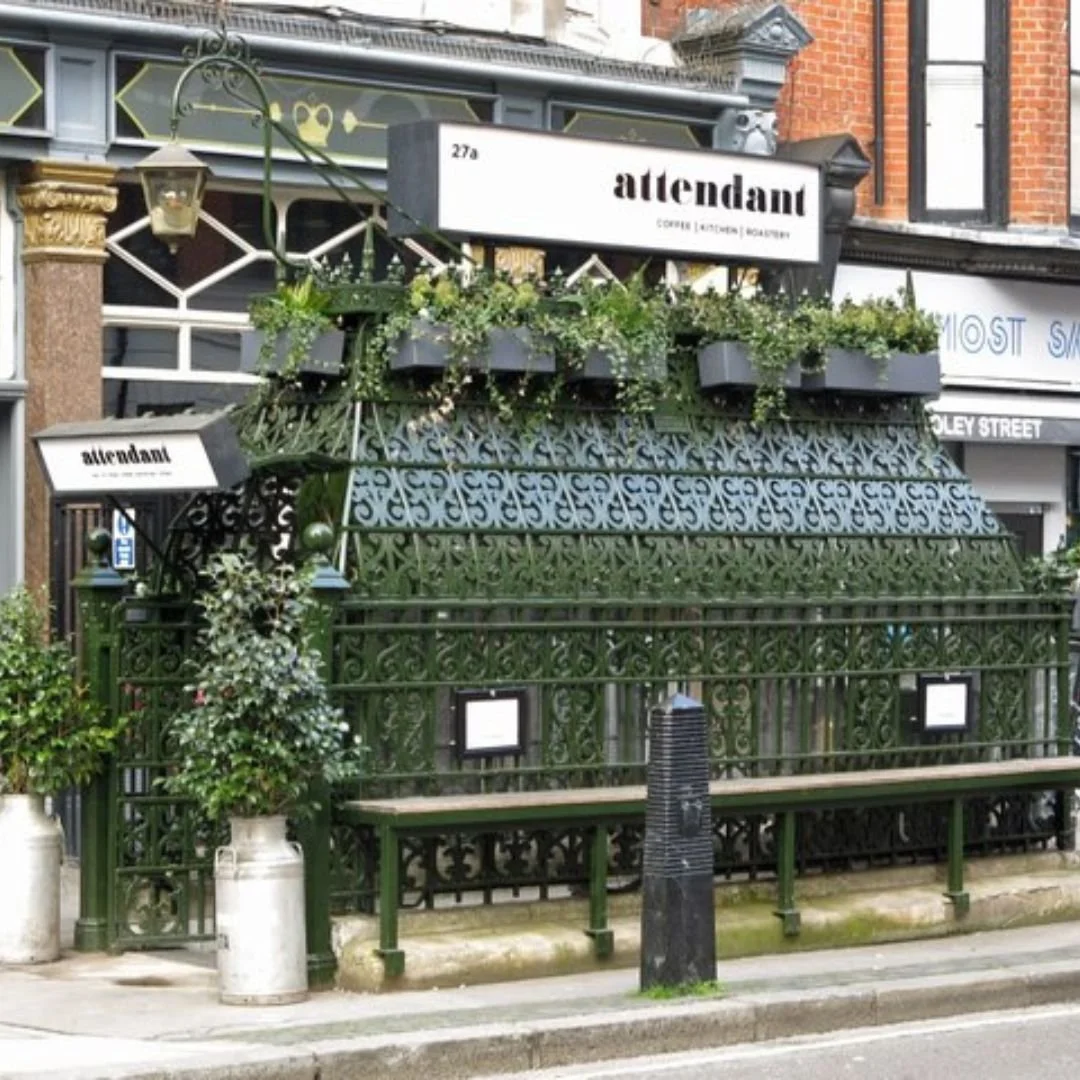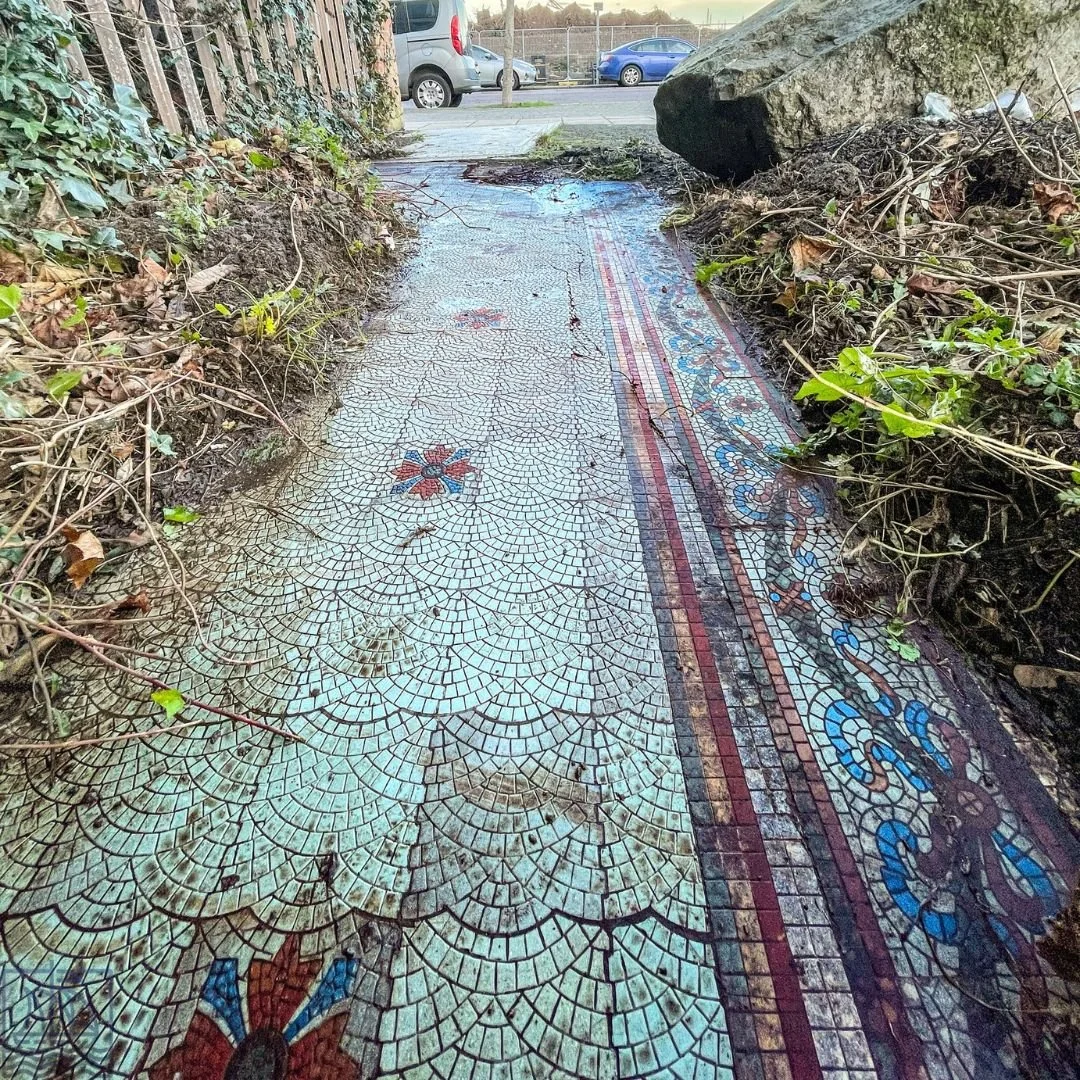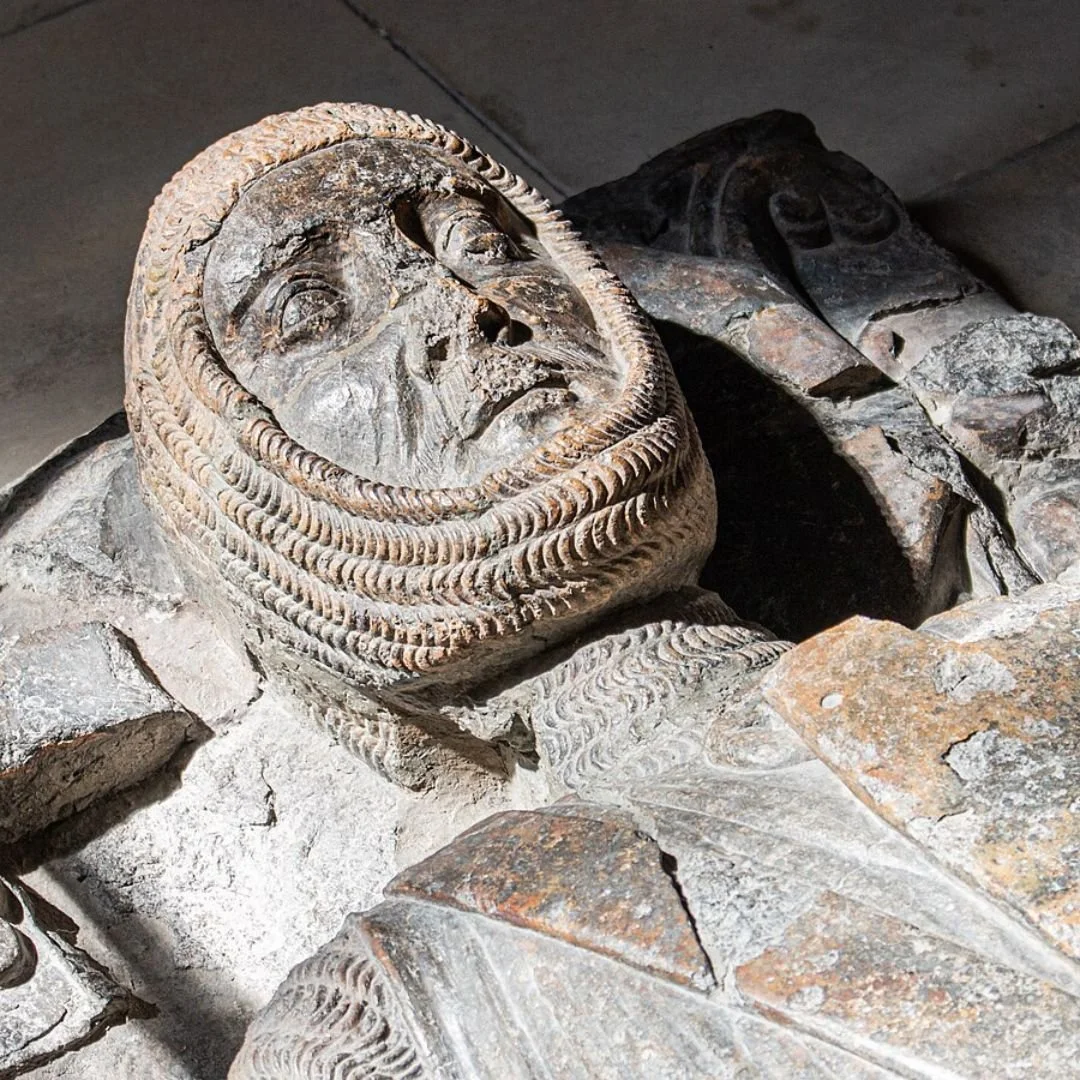Attendant, London: Victorian Toilet Turned Into Cafe
This former underground Victorian public toilet in London, built around 1890 and decommissioned in 1960, is now a cafe called Attendant Coffee.
The urinals have been repurposed as seating booths, and the original Victorian floor tiles remain.
The original white tiles, wrought iron railings, and old fixtures are incredibly well preserved.
When it was decommissioned in the 1960s, it sat abandoned for decades until entrepreneurs converted it into a café.
London’s Victorian public toilets were marvels of design, symbols of progress and a quiet revolution in public health.
When they first appeared in the mid 19th century, these underground facilities transformed city life, providing dignity and sanitation at a time when such concepts were sorely lacking in urban Britain.
The great push for public lavatories came after the Great Stink of 1858, when the Thames became a fetid open sewer and the city could no longer ignore its sanitation crisis.
In response, the Metropolitan Board of Works and later the London County Council began constructing public conveniences beneath the streets.
These toilets were often accessed via wrought-iron staircases from the pavement above, leading Londoners into surprisingly ornate underground chambers.
Far from being purely functional, these subterranean lavatories were showcases of craftsmanship.
They featured decorative Victorian tiling, polished mahogany cubicle doors, marble washbasins, and brass fixtures – each detail reflecting a belief that even the most humble public space should uphold civic pride.
Many were “attended” by staff (hence the term public conveniences), ensuring cleanliness and maintaining social order.
But these toilets weren’t just about comfort – they were about inclusion.
For the first time, public conveniences allowed people (especially men, and later women) to move freely through the city without worrying about basic needs.
They played a subtle yet vital role in making London a more accessible and humane place for workers.
Today, very few of these Victorian conveniences survive intact - so this cafe in incredibly usual.
The café is reached via a ornate black iron cage at street level, reminiscent of Gothic lamp brackets, leading downstairs into the subterranean space.
Beyond the entrance, the interior is compact yet cleverly designed, accommodating about 10–14 seats downstairs, with a small banquette area at the back, plus occasional standing room or curbside service outside.
Inside, pristine white subway tiles line the walls, with touches of original Victorian green mosaic floor tiles preserved for authenticity.
Other fixtures like the Victorian cisterns and even the old hand-dryer remain intact, giving the space its quirky yet atmospheric retro character.
They have no actual toilets onsite.
If you’d like to visit, its full address is: 27 a Foley Street, London, W1W 6DY.
If you enjoyed this blog post, please follow Exploring GB on Facebook for daily travel content and inspiration.
Don’t forget to check out our latest blog post below!
Thank you for visiting Exploring GB.

















